Newsletter Writer Bot - Bionic v2
- Easy setup, zero coding, plug & play file
- Runs on autopilot using ChatGPT
- Fully customizable and adjustable
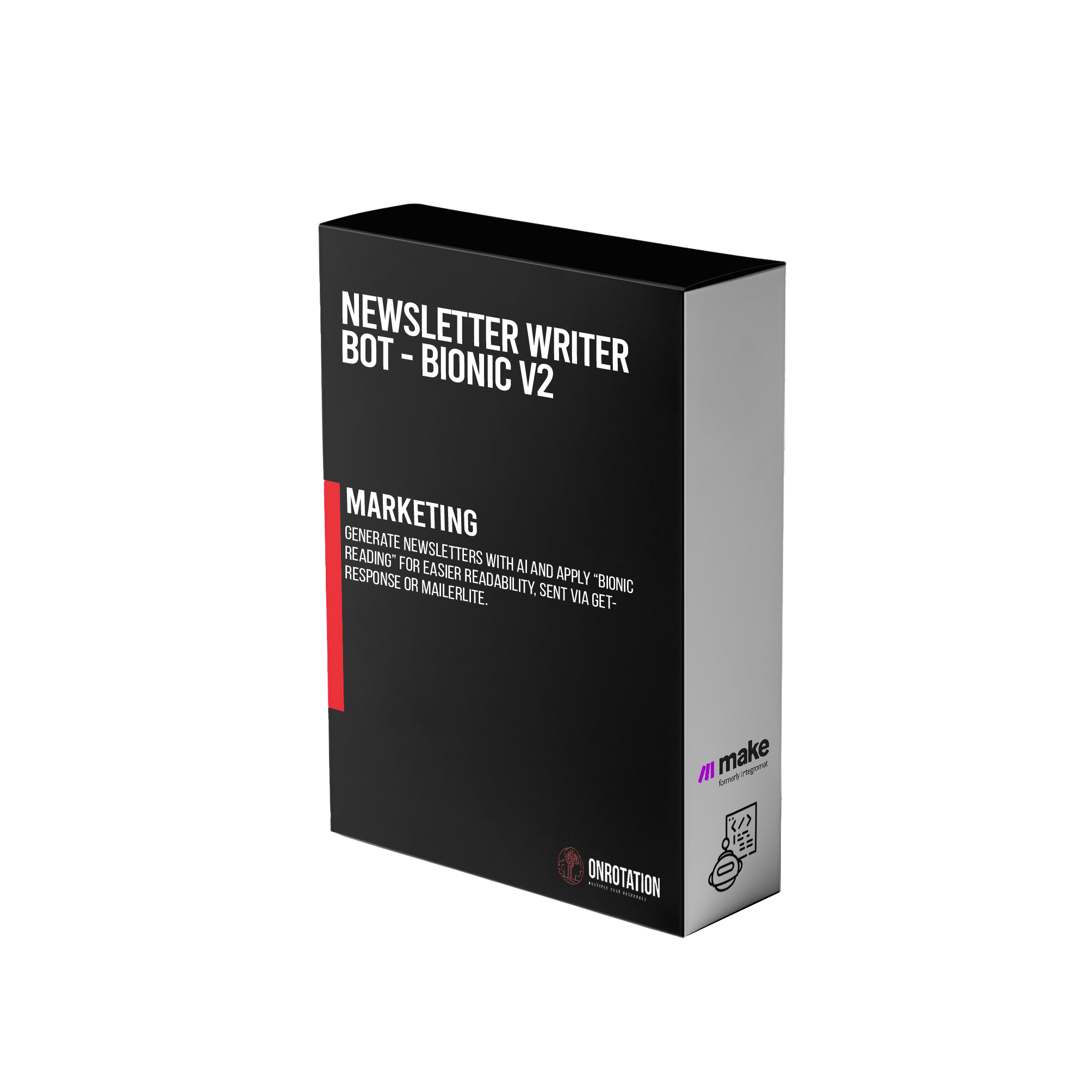
Bot setup guide
Includes a duplicatable bot template and an exact step-by-step setup guide to get the bot running.
Create an account by clicking here.
You can access the Bot by
click here
and follow the instructions provided in the tutorial below.
Newsletter Writer Bot v2

This scenario utilizes GetResponse to send out newsletters as it is one of the few email services that allows this. Modules are included for MailerLite if you prefer that service (another of the few services that allow sending email through API).
Sign up for GetResponse here => CLICK HERE
Or MailerLite here => CLICK HERE
The first module is a topic randomizer. This uses a formula to randomly pick from a list of topics. You must input your topics (replacing the placeholder text).

Next are the GPT modules. They are prompted as writers and instructed to write a subject line and email body.
Modify the prompts to fit your needs. Also, don’t forget to input YOUR name as the sign-off name.

The next module transforms the output text from GPT to html for the mail service.
GetResponse is the default newsletter module, but if you wish to use the MailerLite service, simply delete GetResponse and connect the first MailerLite module to the flow.
The scenario finishes by creating and sending an email campaign.
Newsletter Writer Bot_Bionic v2

This scenario is identical to the previous one, with one exception; it applies “Bionic Reading” to the newsletter content. Bionic Reading is a method of partial bolding of the text in order to make it easier to read. It boasts that it works exceptionally well for people with ADHD or other neurdivergent types. There is currently no peer-reviewed research, however, that backs up that claim. Nonetheless this would make your content stand out.
Step one, you’ll need to sign up for the RapidAPI API key here ⇒ CLICK HERE
This will likely require a RapidAPI account (just sign up with your Google account). Then click “Subscribe to Test”

Then, all the code is already input into the http module, you simply need to copy your API key:

After you have this, the next step is to input it into the Scenario after you import the blueprint.
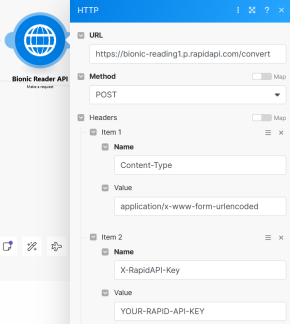
Once you connect all of your accounts, everything should work properly.
Newsletter Writer Bot_Form v2
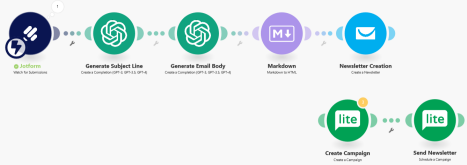
Again, this scenario is identical to the previous one except for one difference; instead of choosing a topic from a randomizer formula, this scenario takes ideas/concepts from you through a form and once you submit the form the scenario is triggered.
Here’s how you set that up. It requires a (free) Jotform account (CLICK HERE). Once you have a Jotform account, you can create a form (it’s really easy).
Just create a form with a short text input or long text (depending on how much details you want to give the A.I. vs how much you want it to create on its own)...

Once you have the form, then you need to connect it to your scenario.
You do this by clicking Add, and then Make will create a webhook. Simply name your webhook and then tell it which form you want it connected to and that’s it.
*PROTIP, you need to run the Jotform module first before any output can be used as a variable in other modules. So, disconnect Jotform from all other modules and then click run. Then fill out your form (go to the Publish page and just open it in a new window) and click Submit. This will trigger the module. Then when you reconnect it, you’ll see your answers as variables.
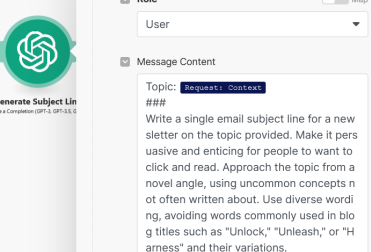
Newsletter Writer Bot_Blog v2

This scenario is slightly different from the others. It’s purpose is to send out a weekly newsletter based on a summary of the past week’s blog posts. The idea is to drive traffic from your list to your blog.
The first module searches your Wordpress blog for the last 5 posts published within the last 5 days. Obviously you can edit this as needed.
First, you will need to connect your Wordpress website to Make. Follow these instructions to do this => CLICK HERE
Next, you can modify these parameters as needed -


The After Date (found under Advanced Settings) searches only from the last 5 days. To modify, simply change the 5 to whatever period you like.
The next two modules simply collect the titles and excerpts from the blogs to give to GPT. Be sure your blogs all have blog excerpts.

Also, the GPT’s have pretty different prompts. You’ll need to input more information about your business in the System prompts AND the writing prompts.

After that, everything operates the same as previous scenarios.
Newsletter Writer Bot_Youtube v2

This scenario requires you to have a RapidAPI account (CLICK HERE) as well as to subscribe to this API (CLICK HERE). The API has
a free tier so as long as you don’t make more than 17 API calls per day (500 per month) you won’t have to pay anything.
All necessary information for this API will be under the “Endpoints” tab.
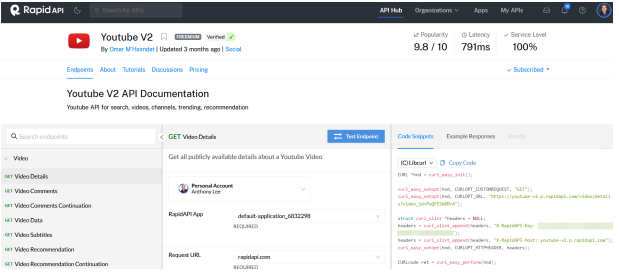
In the Scenario itself you will also need to input your channel ID

When you visit your Youtube channel, this string is in the URL.
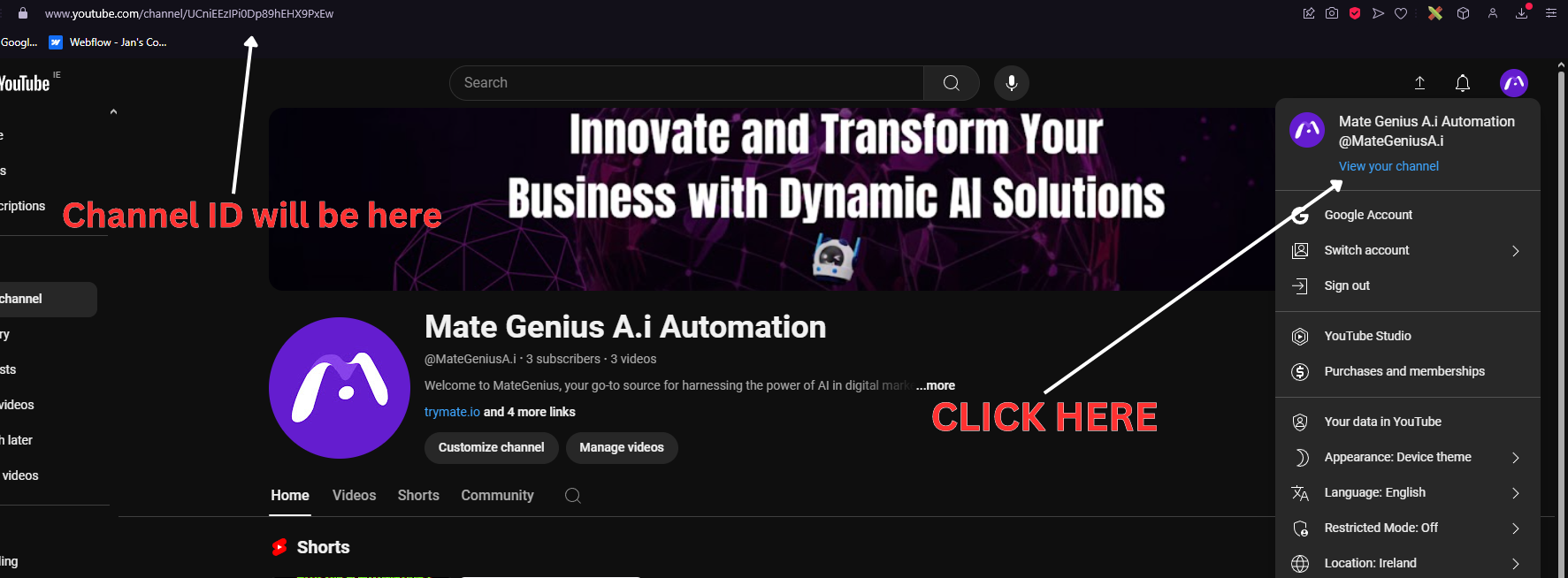
Now onto the flow. The first module is a Data Store module, which means you’ll need to create a data store. The reason is because the scenario is set up in such a way that the same video doesn’t get summarized multiple times. You should copy this scenario once you have it set up, and change the URL from ‘videos’ to ‘shorts’ and run both at the same time. Having both run simultaneously allows you to make videos or shorts and all your latest youtube content will be summarized and distributed across the channels of your choosing.

But first, you’ll need to create two Data Stores and new Data Structures (one for youtube videos and one for youtube shorts…if you make both types).
Navigate to Data Stores in the left hand menu on Make, then click to add a data store, and next to your new data store click to add a data structure.
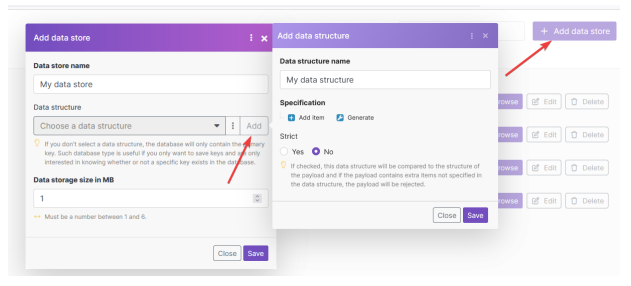
Then, all you need is one field for Youtube Vids ID. Do this for the youtube vids data store and the youtube shorts data store (one field for each store).


Once those are created, you can import the scenario. The first module is a Data Store module. Connect the appropriate Data Store with the corresponding key name.
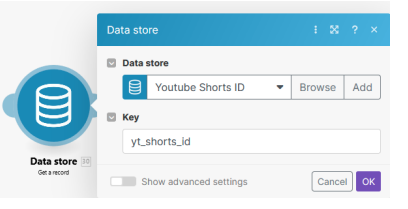
In the next module you’ll need to input your Channel ID and your API key for the RapidAPI API call.

*IMPORTANT NOTE this api call is different for videos and shorts. The one depicted above for /channel/videos? will grab your latest VIDEOS but the api call for shorts is /channel/shorts? THIS is why there are two data stores, because you’ll need two scenarios each calling a different API endpoint to get both.
You’ll also need to input your API key in the transcription API call modules on both scenarios.

The next few modules grab the transcript and string all the lines together in a single block of text to be given to GPT.
Just as in the previous scenarios you’ll need to edit the System prompt and the prompt that indicates the sign-off name.

The last modules format the email and send it using GetResponse. As with previous scenarios you can switch out GetResponse for MailerLite (just swap out the connections to the modules).
And that is the Newsletter Bots!
Automate the bots effortlessly with our user-friendly platform and unlock the power of AI-driven efficiency in just a few simple steps!
To maximize the performance and engagement of this bot, it is crucial to tailor the ChatGPT prompts to your unique business context.
Don't miss out on the incredible opportunities that await - launch your bot now and experience the game-changing benefits of AI firsthand!
Integrate with your daily tools
Make it personal, make it yours


%20(1).png)